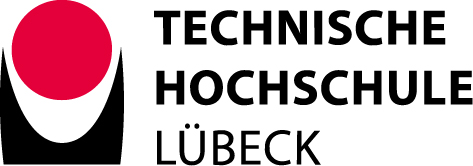Architecture
The DIEM system is a versatile software and hardware framework, which consist of a hardware-, communication- and DIEM application layers. The framework is generic. This means that it can host a platform with miscellaneous distributed energy applications, e.g. to manage electric vehicle charging infrastructures or battery co-located photovoltaic panels. The system was validated in a laboratory setup with varying energy consumers and producers. Here the time response was determined and communication protocols have been optimised.
DIEM system
 We designed the DIEM system as a decentralized distributed system. This means there is no central control instance, rather all individual system components share information among each other and coordinate energy flow to follow specific pre-determined objectives. These objectives can be to charge electric vehicles, so that primarily local energy resources are used, or the load to the supply grid is reduced at specific times of the day.
We designed the DIEM system as a decentralized distributed system. This means there is no central control instance, rather all individual system components share information among each other and coordinate energy flow to follow specific pre-determined objectives. These objectives can be to charge electric vehicles, so that primarily local energy resources are used, or the load to the supply grid is reduced at specific times of the day.
The advantage of a decentralized architecture is, that there exists no single point of failure and the system is easily scalable, so components can be added or removed.
Interaction with the hardware
 The hardware layer provides the device level interface to control, e.g. the power flow from and to a storage device, control the maximum charge power for an EV or provide information from local PV panels. On top of the hardware layer, a middleware layer serves the communication and data handling for the distributed system. This means it abstracts the distributed system, so that it occurs as a single coherent system to the user. The middleware layer for the system has been developed as part of the project and is available under the name: opcsa (Open Process Communication – Simplified Architecture).
The hardware layer provides the device level interface to control, e.g. the power flow from and to a storage device, control the maximum charge power for an EV or provide information from local PV panels. On top of the hardware layer, a middleware layer serves the communication and data handling for the distributed system. This means it abstracts the distributed system, so that it occurs as a single coherent system to the user. The middleware layer for the system has been developed as part of the project and is available under the name: opcsa (Open Process Communication – Simplified Architecture).
In the DIEM application layer software can be implemented as if it would be operated on a central system.
Application example
 In this application a photovoltaic (PV) system should be used as energy source for the charging of an electric vehicle (EV) fleet (fig.17). The time mismatch between the demand for charging the EVs and the energy generation from the PV system results in non-optimal self-consumption. A large share of the produced electricity is send to the overlaying grid. Using the DIEM system to control the EV fleet charging and a co-located Vanadium redox flow battery (VRFB ), the self-consumption from the PV system can be maximized. Consequently, the need for additional power is minimised.
In this application a photovoltaic (PV) system should be used as energy source for the charging of an electric vehicle (EV) fleet (fig.17). The time mismatch between the demand for charging the EVs and the energy generation from the PV system results in non-optimal self-consumption. A large share of the produced electricity is send to the overlaying grid. Using the DIEM system to control the EV fleet charging and a co-located Vanadium redox flow battery (VRFB ), the self-consumption from the PV system can be maximized. Consequently, the need for additional power is minimised.
Role of the DIEM system
Crucial for the efficient use of a battery is an energy management system based on the DIEM technology, which combines the operational constraints of the battery, such as maximum charge and discharge power, with the EV fleet charge management constraints. The key is an efficient utilization of the battery, which is tailored to the EV charge management constraints. It is seeked for a maximal use of local energy resources.



